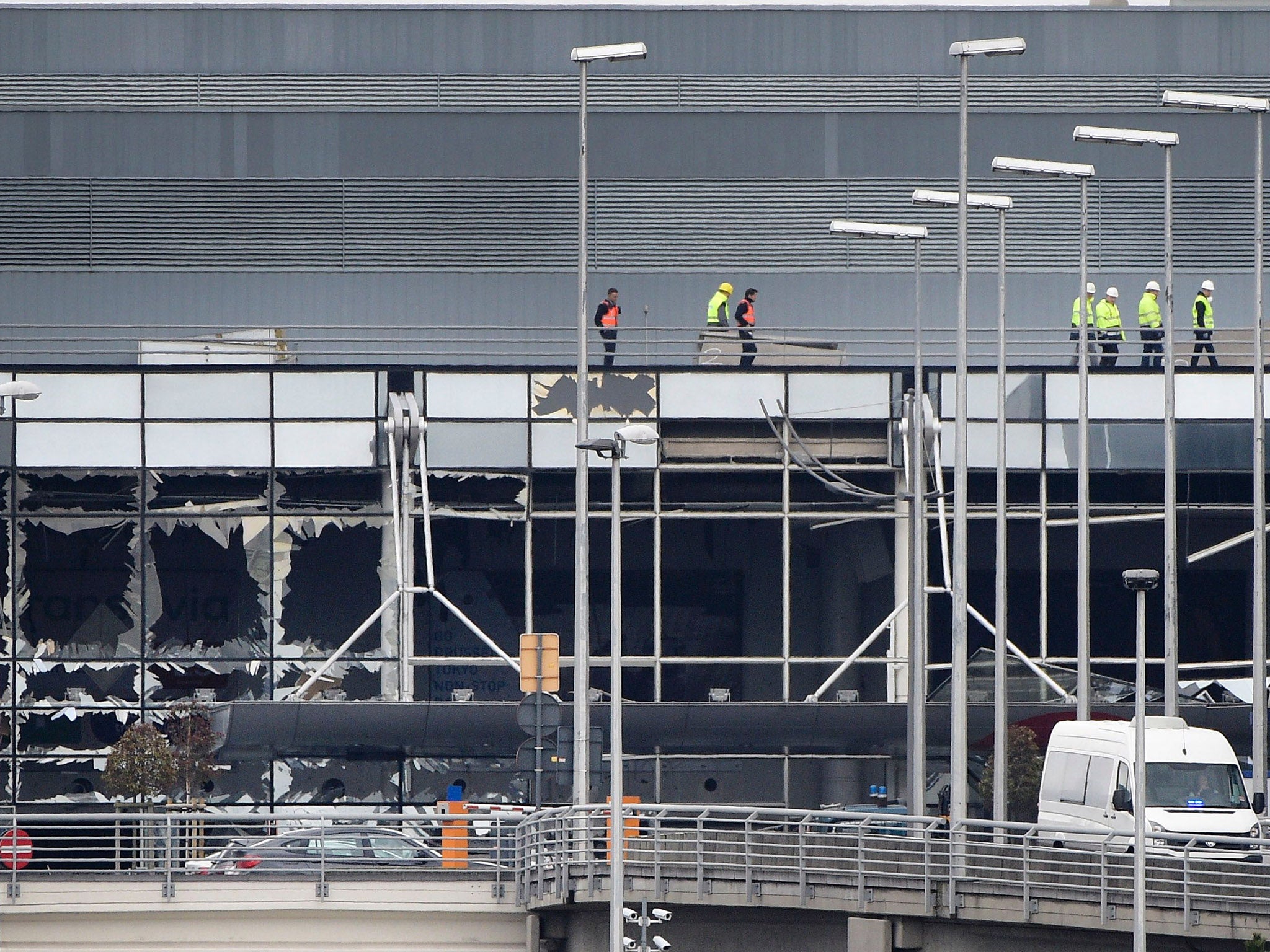Why was Brussels Airport a target for terrorists? Can security be tightened?
Airports and aircraft are valuable, high-cost objects, which makes them attractive targets for terrorists

Your support helps us to tell the story
From reproductive rights to climate change to Big Tech, The Independent is on the ground when the story is developing. Whether it's investigating the financials of Elon Musk's pro-Trump PAC or producing our latest documentary, 'The A Word', which shines a light on the American women fighting for reproductive rights, we know how important it is to parse out the facts from the messaging.
At such a critical moment in US history, we need reporters on the ground. Your donation allows us to keep sending journalists to speak to both sides of the story.
The Independent is trusted by Americans across the entire political spectrum. And unlike many other quality news outlets, we choose not to lock Americans out of our reporting and analysis with paywalls. We believe quality journalism should be available to everyone, paid for by those who can afford it.
Your support makes all the difference.Twin blasts at Brussels Zaventem airport have claimed dozens of lives in what appears to have been a co-ordinated terror attack.
The blasts came four days after the arrest of in the city of Salah Abdeslam, the main fugitive in the Paris attacks last November.
Northern Europe has seen tight security since then, but could more be done to secure the continent’s airports? Aviation expert Stephen Wright answers The Conversation’s questions.
What makes airports vulnerable to terrorist attacks?
Airports and aircraft are very valuable, high-cost objects, which makes them attractive targets for terrorists. But they are also vulnerable because of the large volumes of people passing through at almost all times. It can be difficult to screen people inside airports because of the sheer number of people in the area at any one time.
What sort of security is in place at airports of this kind before baggage check?
There are various security activities taking place before passengers check in at airports. The vast majority of the travelling public are not aware of these. This can include screening vehicles before they arrive at carparks. Plain clothes, armed police officers dressed as travelling members of the public also circulate in the airport. Regional and national intelligence is also applied by airport staff.
Attacking an airport would seem a high-risk strategy – so why do it?
Airports are chosen by terrorists because attacking them will attract maximum media attention. Additionally, each aircraft’s purchase price can exceed US$100m. When you think about how many aircraft could be parked in an airport at any given time, you can see how the financial impact far exceeds an attack on another kind of building.
How did security improve at airports following terrorist attacks in the 1980s?
Security improved significantly in the wake of the 1988 Lockerbie bomb, which killed 270 people, most of whom were passengers aboard Pan Am flight 103, travelling from London to New York. After that, it was decided that all hold luggage had to correspond to a named passenger. It also marked the start of very careful screening of hold luggage.
Can airport security be tightened further?
There are always measures that can be taken to improve safety and security. New technologies in sensor development would allow for early detection of devices prior to entering buildings. Effectively, this would identify who is carrying banned objects before they even check in. The appropriate response could then be co-ordinated before significant damage is done.
Will we see a change in the way European airports operate in the wake of this incident?
If a different security protocol is implemented, such as screening all members of the public prior to entering the buildings, European airports would need to be significantly redesigned and operations would have to change.
A number of countries do screen passengers and families away from the airport, and only admit them having passed security and establishing their bona-fide credentials. Whilst this approach protects those inside the building, it does displace passengers to external area. I am unsure how practical that approach would be in Europe, as the general design of the modern European airports has been to integrate air travel with rail hubs and retail in a single venue.
Stephen Wright, Lecturer, Energy Research Institute, University of Leeds
This article was originally published on The Conversation. Read the original article.
Join our commenting forum
Join thought-provoking conversations, follow other Independent readers and see their replies
0Comments